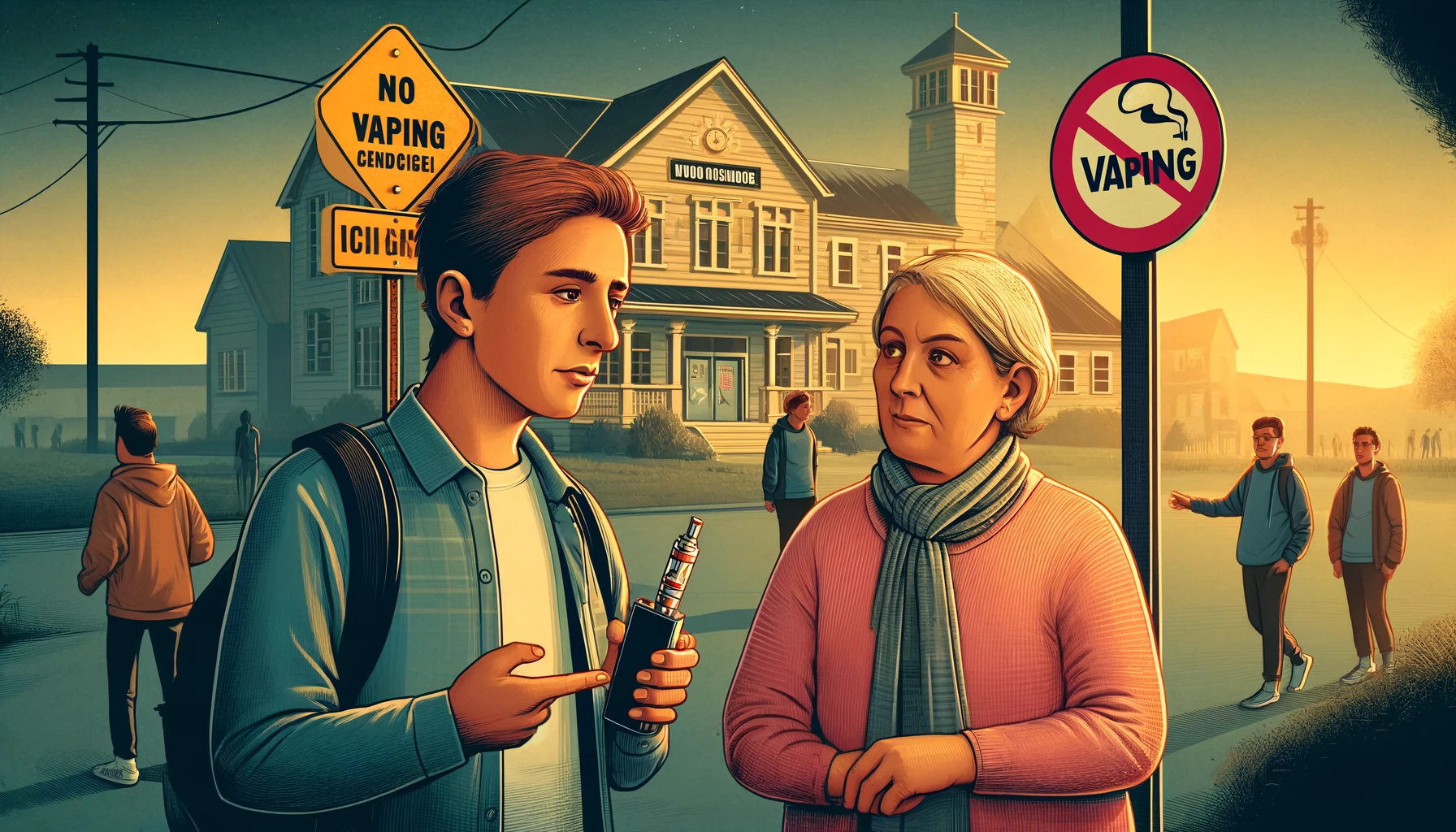Vaping: A Major Public Health Concern Among Youth and Parents

In recent years, vaping has emerged as a significant public health concern, particularly among youth and their parents. Despite initial perceptions of e-cigarettes as a safer alternative to traditional smoking, growing evidence highlights the substantial risks and health implications associated with vaping. This article delves into the alarming trends, health risks, and preventive measures surrounding youth vaping, providing valuable insights for parents and educators alike.
Alarming Trends in Youth Vaping
Vaping has seen a meteoric rise among adolescents, with e-cigarette use becoming increasingly prevalent in middle and high schools across the country. According to the Centers for Disease Control and Prevention (CDC), approximately one in five high school students reported using e-cigarettes in 2020. This trend is concerning as it signifies a potential gateway to nicotine addiction and other harmful behaviors.
Health Risks Associated with Vaping
1. Nicotine Addiction: One of the primary concerns with vaping is the high nicotine content found in many e-cigarette products. Nicotine is highly addictive and can have detrimental effects on developing brains, leading to issues with learning, memory, and attention.
2. Respiratory Issues: Vaping involves inhaling aerosols that contain harmful chemicals and fine particles. This can cause respiratory problems, including chronic bronchitis and other lung diseases. Recent reports have also linked vaping to severe lung injuries, sometimes referred to as “vaping-associated lung injury” or VALI.
3. Cardiovascular Concerns: Studies suggest that vaping can increase heart rate and blood pressure, posing risks to cardiovascular health. The long-term effects of these changes are still under investigation, but early evidence points to potential heart disease and stroke risks.
4. Mental Health Impact: The addictive nature of nicotine can contribute to anxiety and depression. Moreover, the social and psychological pressures associated with vaping can exacerbate mental health issues in teens.
The Role of Parents in Preventing Youth Vaping
Parents play a crucial role in addressing and preventing vaping among youth. Here are some effective strategies:
1. Open Communication: Engage in honest and open discussions with your children about the risks of vaping. Educate them on the health implications and dispel any myths they might have encountered.
2. Set a Good Example: Children often mimic adult behaviors. Parents who avoid smoking and vaping set a positive example for their children.
3. Monitor and Supervise: Stay aware of your child’s activities and the company they keep. This can help in identifying potential influences that might encourage vaping.
4. Educate on Peer Pressure: Equip your children with strategies to resist peer pressure. Encourage them to make informed decisions and stand up for their health.
Schools and Community Initiatives
Schools and communities also have a vital role in combating the vaping epidemic. Implementing comprehensive educational programs that inform students about the dangers of vaping can be highly effective. Additionally, schools can enforce strict policies on e-cigarette use on campus and provide support for students struggling with nicotine addiction.
Conclusion
The rise of vaping among youth poses a significant public health challenge. The health risks associated with e-cigarettes, including nicotine addiction, respiratory issues, and mental health concerns, underscore the need for proactive measures. Parents, educators, and community leaders must work together to educate and protect the younger generation from the dangers of vaping. By fostering open communication, setting positive examples, and implementing robust prevention programs, we can address this growing concern and promote healthier, smoke-free futures for our youth.
Keywords: Vaping, Public Health Concern, Youth Vaping, Parents, Nicotine Addiction, Respiratory Issues, Mental Health, Prevention Strategies, E-cigarettes, Health Risks.


